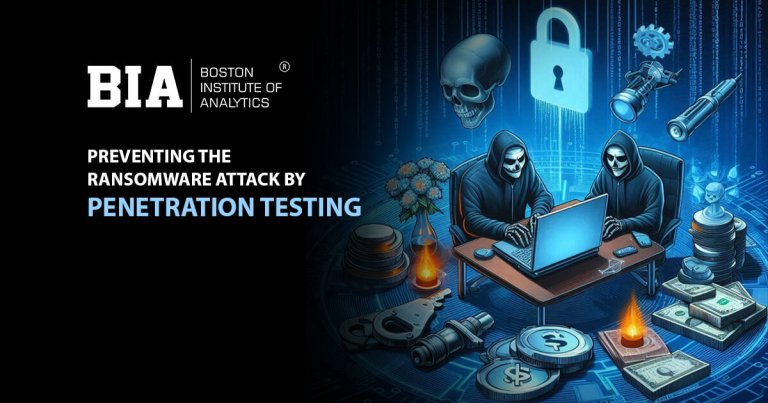Fortifying the Digital Frontier: How Singapore’s CIDeX 2025 and Cyber5G Testbed Are Redefining Cyber Defence
In securing the vital national assets, Singapore has always placed itself in the front row in terms of cyber innovations and readiness. The recent Critical Infrastructure Defence Exercise (CIDeX) 2025, organized by the Cyber Security Agency of Singapore (CSA) and the Digital and Intelligence Service (DIS), is a very strong proof of this dedication. CIDeX 2025, unlike just a table top drill, was a high-stakes simulation that aimed to put the nation’s ability to defend its most important IT and OT networks against the most advanced threats to test.
The exercise which involved a record number of 250 participants from all eleven Critical Information Infrastructure (CII) sectors was both the culmination of current defence strategies and a launching pad for the future. The introduction of the Cyber5G testbed is a strategic move to secure the next generation of telecommunications directly, which is one of the most critical and growing attack surfaces. The professionals who are looking for a solid Cyber Security Course or a career in national security can take these developments as a great opportunity to gain insights into the advanced skills and real-world collaboration that are widely needed in modern cyber defence.

CIDeX 2025: A Deep Dive into High-Stakes Cyber Simulation
CIDeX, which is a segment of the National Cyber Exercise Program, is aimed at boosting the preparedness and coordinated response of the public and private sectors together. The exercise of this year has brought the threat landscape to a new level with its realism and complexity.
The Converging Threat: IT-OT Integration
The characterizing aspect of CIDeX 2025 was its precision on the IT (Information Technology) and OT (Operational Technology) amalgamation. IT networks handle and process data through communication mediums and business processes (like email servers and corporate databases), whereas OT networks are responsible for controlling physical processes and infrastructures (like power grids, water treatment plants, and rail operations).
Taking over these physical systems can lead to terrible consequences in the real world; thus, they can cause the disruption of essential services and even affect the whole human population. The simulated attacks in CIDeX featured scenarios such as hacking a 5G network to cut off communications, power supply interruption, and rail transport disruption. The aim was to strain participants composed of “Blue Teams” of cyber defenders in protecting a combined digital-physical environment, where the successful defence of one was contingent on the other. This calls for a specialized skill set, which is currently being imparted in the Cyber Security Course curriculum.
AI-Driven Adversaries and Collaborative Defence
The exercise planning team employed an Artificial Intelligence (AI) tool for the purpose of making sure that the learning value was at the highest level, thereby, developing possible attack pathways and intrusion vectors. The application of AI in this manner resulted in and gave rise to the invention of more realistic and advanced scenarios that imitated the methods employed by highly sophisticated and vicious hackers.
Furthermore, the participation was a hallmark of the exercise:
- Cross-Sectoral Unity: For the first time, inter-agency coordination, which is usually the weakest link in a multi-faceted cyber crisis, was enhanced by the representation of all 11 CII sectors.
- Industry Partnership: The private sector giants, such as Singtel, AWS, Google Cloud, and Splunk, not only participated actively in drawing up the scenario but also gave training that was hands-on. This co-operative model guarantees that the defence tactics are based on real-world, commercial-grade threat intelligence and the latest tools.
The consequences of CIDeX 2025 confirm the fundamental national cyber defence principle: that cyber threats are not just single incidents anymore, but rather they are complex, cascading crises needing a united national response.

The Cyber5G Testbed: Securing the Next Digital Backbone
The Cyber5G testbed was launched alongside rigorous exercises, and it is a crucial new asset co-created by the DIS and Singapore University of Technology and Design (SUTD). The testbed is set to combat the specific cybersecurity issues which occur during the transition to 5G.
Why 5G Needs a Dedicated Cyber Environment?
5G technology not only provides a quicker mobile network but also constitutes the basis for Singapore’s Smart Nation projects by connecting self-driving cars, healthcare automation, and industrial IoT (Internet of Things) devices. The high rate of new network users and the very complex software define the 5G infrastructure which gives rise to a very large attack surface.
The Cyber5G testbed is constructed with components that meet the stringent requirements of telcos to imitate a complete 5G network from the core through the edge to the radio access network. This very accurate, safe, and lifelike atmosphere presents extraordinary and unheard-of capabilities:
- Threat Modeling and Research: Academia together with operational partners will be able to perform rigorous studies on actual attack vectors that endanger national infrastructure, coming up with strong defensive and mitigation strategies at the same time, all without turning off the live networks.
- Specialized Training: The testbed is considered as a next-gen training tool in the telecommunications industry, enabling telecom operators to experience real network behaviour latency, throughput, handovers, and security incidents under controlled conditions.
The stated investment is evidence that Singapore not only acknowledges the importance of securing the future but is also ready to invest in the establishment of dedicated infrastructure for cyber training and research and development (R&D) that is proactive in nature.

The Professional Imperative: The Need for an Advanced Cyber Security Course
The knowledge gained through CIDeX 2025 and the features offered by the Cyber5G testbed have a great impact on the cyber security course program and the competencies of the future cyber experts.
The Skill Shift: From IT Focus to IT-OT Hybrid
The specialists should evolve their skills from traditional IT security to OT security. A modern Cyber Security Course should be comprehensive and contain the following modules:
- Industrial Control Systems (ICS) and SCADA: Familiarizing oneself with the special protocols and vulnerabilities of the systems controlling physical infrastructure.
- Network Convergence Architectures: Protecting the boundary layer where IT and OT networks meet, which is usually the first entry point for advanced attacks.
- 5G Network Security: Focusing on the security of the core, edge, and access networks of the modern telecom infrastructure.
The Role of AI in Defence
The application of AI in the creation of attack scenarios in CIDeX indicates that coming cyber specialists will have to become proficient in using AI for defence as well. It covers machine learning proficiency for abnormality detection, automatic threat intelligence evaluation, and building AI-based defence systems, which is a major direction of the advanced cyber training and research area.
Final Thoughts: The Path to National Cyber Resilience
CIDeX 2025’s successful hosting in Singapore and the Cyber5G testbed’s inauguration are major advances in the already started process toward overall cyber defence and national resilience. The country through a collaborative framework that covers all important sectors and partners in the industry is making its digital core impenetrable. The Cyber5G testbed is a lab in the sense but not in the sense that it states that the security of future infrastructure is the first priority and will be supported by applied research and expert cyber training.
At the end of the day, the success of any country’s cyber security plan heavily depends on the skills of the professionals behind it. For those who want to work in this important field, a world-class Cyber Security Course that deals with the specific challenges of IT and OT networks, 5G security, and AI-enabled defence is required. It is not an option anymore; it has become a must! Singapore’s approach is a global model that shows continuous, high-quality practice and availability of testbeds and talent being the only sustainable path to victory in the ongoing cyber war streamlining the investments juggernaut.
Ethical Hacking Course in Mumbai | Ethical Hacking Course in Bengaluru | Ethical Hacking Course in Hyderabad | Ethical Hacking Course in Delhi | Ethical Hacking Course in Pune | Ethical Hacking Course in Kolkata | Ethical Hacking Course in Thane | Ethical Hacking Course in Chennai




